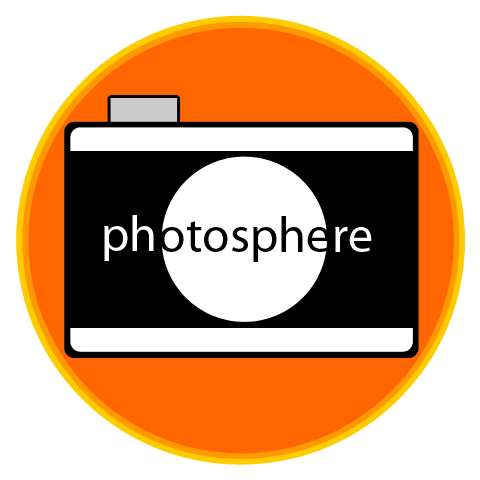Neutral Density Filters - What & Why?
Share
In today photography context many effects can be done by post-processing using photosphop software or similarly powerful editing tools. However one of those that can't be done post processed is the effects of using Neutral Density (ND) filters.

In simple terms, think of ND filters as a shade/sunglasses, with the main intent to block light. And in doing so, slows down the shutter speed to create effects. It is a filter that you would screw in (there's another type which is slot in that's a separate discussion) front of your lens element depending on the size of your filter.
So what are the examples of effects:
- Silky smooth & misty waterfall
- Streaking clouds
- Smooth reflection
- light trails of cars,
- or even making cars disappear from roads in daytime!
Here's some links to our ClubSNap virtual shop and our flickr page.
Mainly the above examples of long exposure photography which can be a few seconds to minute long.
Other usage to ND filters is to be able to use bright lenses at wide open in daytime:
- so as to have the shallowest depth of field to accentuate subject from background
- to achieve creative effects using high sync flash while able to use at large aperture during daytime without overexposing shot
Classification of ND filters
ND filters comes in different strength, and they are classified by f-stops or shutter speed multiplier or optical density . Each F-stop reduction = 2 times shutter speed / slowing down twice...so 2 stops reduction = 2 x 2 = 4 (multiplier)
Optical Density F-stop reduction Exposure Adjustment (multiplier to shutter speed)
ND0.9 (reduces light 87.5%) 3 stops x 8
ND1.8 (reduces light 99.75%) 6 stops, x 64
ND3.0 (reduces light 99.9%) 10 stops x 1000
How to use ND filter to get correct exposure
1. Ensure tripod is firmly placed. Compose the shot and mount camera on tripod. Ensure front of lens is easily accessible for screwing on ND filter.
2. Fix ISO (at lowest or at base where dynamic range is the best) and Aperture (typically we try to use it at the range that's sharpest before diffraction sets in). Meter the scene without the ND filter (in Aperture Priority mode), Note the shutter speed.
3. Switch to M mode, making sure you keep the same aperture and ISO setting.
4. Multiply the shutter speed by the factor of the ND filter (e.g. if ND1.8 is used, then multiply by 1.8), Haida filters has the factor shown on the ring to arrive at the new shutter speed.
5. Set your shutter speed to this shutter speed.
6. Half depress shutter to lock the Autofocus, then set to Manual Focus. This step may be necessary as the camera may not focus well with ND filter on.
7. Screw on the ND filter. For DSLR users do cover your optical viewfinder, as there maybe light leak issues.
8. Put on timer or remote bulb and shoot
It's useful to check the histogram on the exposure, if not ok, may have to adjust the exposure accordingly to compensate. This is due to all ND filters comes with some variance, once you are able to determine the exposure adjustment (multiplier) you can use the new multiplier next time.
We will be posting on FAQ on ND filters soon. Check it out.
